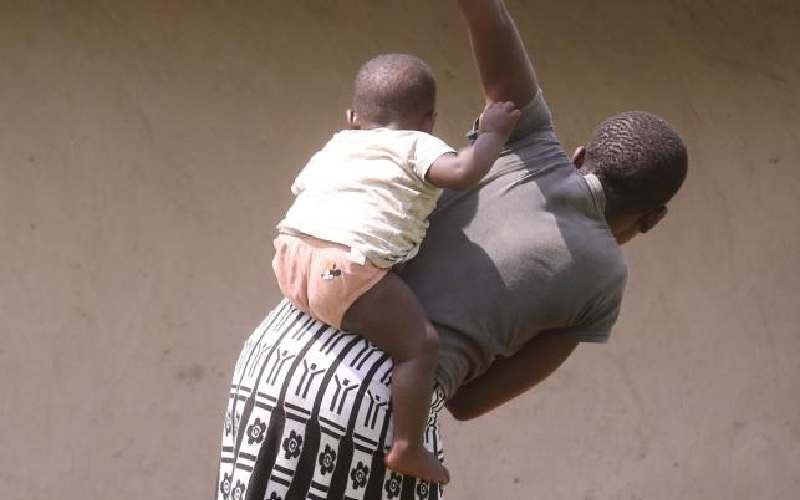The rollout of the Social Health Authority (SHA) scheme has been marked by confusion and poor coordination, leaving many adolescent mothers unable to access essential maternal services. Although a dedicated package exists to cater to teenage mothers under the new health insurance framework, gaps in awareness and system implementation mean that many still fall through the cracks.
Under SHA, pregnant teenagers are supposed to be issued a special identification number that allows them to receive comprehensive care, including free services for those who cannot afford to pay. Ideally, once a pregnant adolescent is identified at a hospital, their details should be entered into the SHA system, guaranteeing access to both prenatal and postnatal support.
However, the system faces significant challenges. The special identification numbers are only issued at Level 4, 5, and 6 hospitals, while most teenage mothers first visit dispensaries and health centres. These lower-tier facilities rarely initiate the registration process, shifting the responsibility to referral hospitals that are already overwhelmed. This gap in registration has created a bottleneck that prevents early intervention during pregnancy.
Larger hospitals such as referral centres are more proactive in capturing adolescent cases, but staff at smaller facilities often avoid registering young mothers, citing heavy workloads and limited resources. As a result, many teenagers only receive attention once they reach advanced stages of pregnancy or after delivery, when it is already too late to provide preventive care.
The SHA initially sought to avoid registering teenage mothers under their parents’ accounts, recognizing that independent registration would ensure continuous support beyond childbirth. Linking them to parental accounts restricts their autonomy and often limits access to critical maternal services.
Community Health Promoters (CHPs) are expected to play a central role in bridging the information gap by educating families and guiding teenage mothers to designated registration desks at higher-level hospitals. Yet without strong involvement from dispensaries and health centres, this effort remains inadequate.
Currently, adolescent mothers are grouped within broader vulnerable programs such as Linda Mama, but delays and inefficiencies mean that most receive care after delivery rather than during pregnancy, when interventions matter most. Strengthening awareness at the community level, empowering CHPs, and ensuring registration at lower-level facilities could help teenage mothers benefit fully from the SHA package designed to support them.

